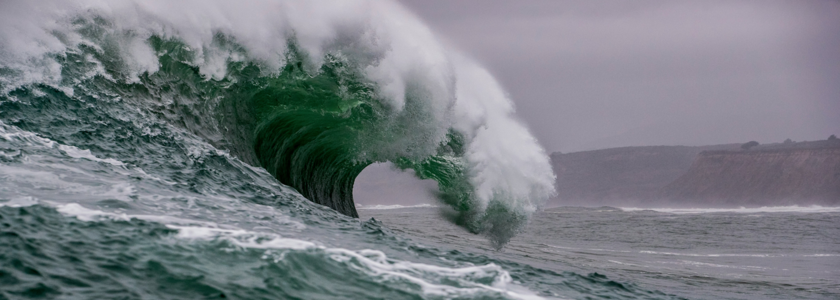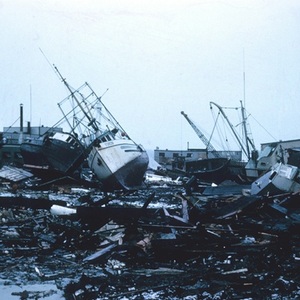

Landslide-induced tsunamis present a stealth threat to fjord-bound communities, where narrow inlets and towering cliffs can focus and magnify incoming waves. Traditional warning systems, tuned to earthquake-generated tsunamis, often miss the localized ground shifts that send rock and soil plunging into the water. Now, researchers from CIRES and CU Boulder have demonstrated a novel detection method: using a ship’s satellite navigation data to capture tsunami waves born of a coastal landslide.
On May 8, 2022, a rockfall above Resurrection Bay near Seward, Alaska, triggered a series of small but measurable tsunami waves. The research vessel R/V Sikuliaq, anchored just 650 meters away, happened to be fitted with an external Global Navigation Satellite System (GNSS) receiver. By mining this high-precision data—processed with open-source software—scientists tracked vertical displacements of the ship to within centimeters, revealing clear oscillations synchronous with the landslide-triggered surge.
CIRES Fellow Anne Sheehan explains that while ships have recorded larger, earthquake-driven tsunamis before, this is the first time the approach has captured waves originating from a landslide. Graduate student Adam Manaster led the analysis, matching the vessel’s motion record against numerical simulations of debris entry and wave propagation. The close alignment confirmed the shipborne GNSS system as a viable real-time detector for these less predictable events.
Beyond validating the method, the study highlights critical operational gains. Swift processing of ship navigation data could feed into coastal warning networks, offering precious minutes for evacuation. As Sheehan notes, the growing fleet of vessels equipped with real-time GPS represents a vast, untapped sensor array.
This work builds on earlier CIRES research using commercial ships to enhance tsunami alerts, and now extends the capability to submarine landslides. By integrating maritime GNSS observations with existing seismic and buoy systems, coastal communities could soon benefit from more comprehensive, life-saving tsunami detection.

